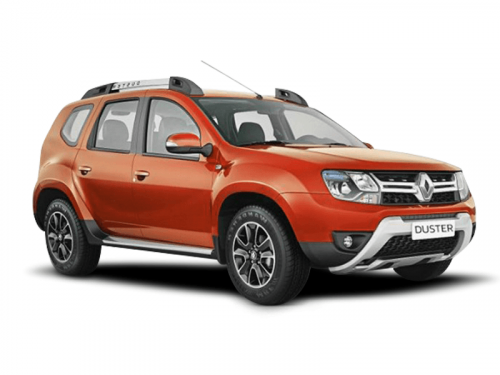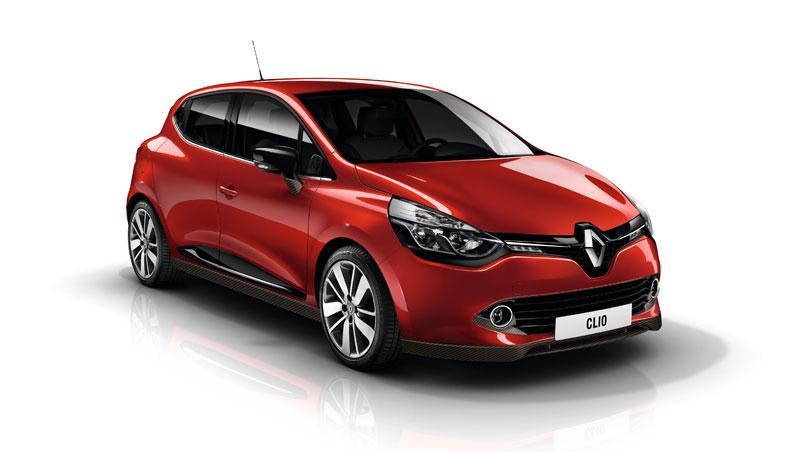Will Renault’s refreshed Captur capture a decent spot in the small SUV segment?
More equipment , subtle styling revisions and a minimal price hike – on-road, the base Zen is $26,990 and the upper-level Intens $30,990 – put the Renault Captur in good stead for reversing the sales shortfalls experienced during 2017. The two-model Captur range, with the variants re-named to mirror the changes already seen in the Clio, Megane and Koleos Renaults, looks strong on paper. Is it strong in the real world?
Renault’s pint-size SUV, the front-drive, five-door Captur, didn’t really enjoy a fruitful year in 2017. At a time when many competitors were experiencing not only sales increases, but were also broadening the market with fresh newcomers, the chic French contender suffered a sales nosedive that relegated it close to the tail end of its segment.
This was under mitigating circumstances of course: Supply restrictions affecting the outgoing model from early in the year significantly curtailed showroom activity, which meant there was a dearth of cars available in the lead-up to the new model’s launch in September 2017.
Be that as it may, Renault hopes to put the Captur on a fresh trajectory that will at least recover the market penetration it enjoyed at the outset in 2015 and carried through into 2016.
What has the company done to justify the optimism?
Well, the latest Captur has got a lot of stuff that was not on the original.
Now offered in Zen and Intens form (Expression and Dynamique previously) to reflect the nomenclature changes already seen in Renault Megane and Koleos, the Captur, in terms of looks, is no cause for excitement. About the only things that have changed are the front and rear bumpers and the tail-light lenses. Even the most ardent Renault fans will be struggling to pick it.
And although the base Zen version now gets rear parking sensors, plus a rearview camera and auto-folding side mirrors – which goes some of the way to justifying the $1000 price increase applying to both models – it’s the top-spec Intens that benefits more from the update.
Self-parking, LED headlights, additional parking sensors at the front and sides, a (fixed) panoramic sunroof and Renault’s R-Link enhanced sat -nav system, as well as blind-spot warning, are now standard at this level. There’s no autonomous emergency braking though, and the curtain airbags aren’t full-length – that is, they don’t extend to protect back-seat passengers. No ANCAP safety rating is yet issued, but it’s reasonable to expect that, despite the airbag shortfall, the Captur will retain its five-star safety status.

The Intens-spec Captur also gets a new three-mode traction-enhancing “extended grip control” system that purports to improve its abilities off the tarmac but the company is a bit cagey describing what it does. There are three modes: on-road, off-road, or “Expert” and the assumption, given Renault’s brief explanations, is that it is essentially a conventional traction control system that balances braking and engine output to provide the best grip dependent on the surface conditions.
Captur drivers are warned not to expect miracles: Trying out the system on a minimally rutted, puddled surface saw our test Renault, despite the special Kumho mud and snow-rated tyres, slipping and sliding to a full halt. Fortunately, with some judiciously applied steering lock, the Captur retrieved itself. Not impressive, but it’s probably better than having nothing to help you at all.
Of definite value is Renault’s Easy Park. Only fitted at Intens level, the self-steering system enables the Captur to slot with minimal driver assistance into a parallel kerbside spot only 70cm longer than the car, or into a supermarket space at least 90cm wider than the car.
The Captur formula is otherwise the same as before: There’s still the lively, funky interior complete with optional removable and washable seat covers, standard sat-nav, climate-control, keyless start and the usual Renault control layout that sites the cruise control/speed limiter master switch in the centre console and hides radio volume controls on a wand to the right of the steering column.
The surfaces are more pleasantly tactile than soft-touch and there’s a bit of plastic use that brightens, but tends to cheapen the interior compared with some of its competitors. But, although we found Bluetooth actuation a little clunky to start with, the general functions are pretty intuitive and quickly adjusted to.
Although we’ve found the Captur in the past to be a little behind some competitors – such as Honda’s HR-V – in terms of back-seat space, it must be said the diminutive SUV really doesn’t fare too badly.
The seats themselves – although we didn’t like the awkward inboard recline adjusters – are up for a long stint behind the wheel and a 180cm passenger can sit comfortably, with just enough headroom, behind a 180cm driver.
The bi-level boot, particularly when the full capacity is brought into play by removing the upper panel, is quite handy too. The Captur is quoted with 455/1235-litre minimum/maximum load capacities which, at best, rate it at the upper end of the class and, at worst, still see it bettering many of its rivals. That said, loading a full-size mountain bike into the Captur, even with one wheel removed, can be a bit of a struggle.
The 88kW/190Nm 1.2-litre turbo-petrol engine isn’t bad for torque and revs well too, but it lacks the power of its significant competitors. It’s helped by the light (1215kg) kerb weight but is still no great shakes in terms of power/weight ratio, where it lags behind most of its peers except the Honda HR-V.
It also fails to deliver anything like the claimed fuel economy: Over a week of mixed-conditions driving, our test car remained pretty steady at 8.3L/100km, well above the claimed ADR combined figure of 5.8L/100km and suggesting the 45-litre tank would find it difficult to help the Captur reach 600km on a country cruise. Worse still, Renault asks that the Captur be fed a minimum diet of 95 RON premium unleaded.
This is with the supposed benefits of the Captur’s Getrag-sourced six-speed Efficient Dual Clutch (EDC) gearbox – which itself suffers many of the traits typical of the genre: a sometimes-lumpy, sometimes-tardy takeoff and a tendency to roll backwards or forwards on a slope if the driver hasn’t first applied the brake.
The Captur’s light kerb weight of 1215kg – below competitors such as the Mazda CX-3, Mitsubishi ASX and Holden Trax – and handy size suggests a potential for easy zipping around suburbia and that’s where it’s in its element. With the help of the self-parking system, a tight 10.4m turning circle, light, quick steering and reasonable all-round visibility, it’s a great city car.
On the open road, it’s actually pretty sporty and companionable in terms of grip and steering response, let down slightly by a ride that fares well on initial impact harshness but gets a bit abrupt when the bumps, even smooth-edged bumps, get a bit deeper and more frequent. Revealing its city car bias, the Captur is not super-quiet a cruising speeds.
Of course no-one expects a small, tight and light SUV to ride like a two tonne-plus, long-wheelbase leviathan – or even a mid-size SUV. Compared with its class competitors, the Captur is certainly not at a loss in the way it treats passengers.
The problem for the Captur is not that it has competitors – it’s more that there are so many of them.
With a solid five-year/unlimited-kilometre warranty including a full five years of roadside assist and driveaway pricing that matches pre on-roads pricing of a lot of the opposition, there can be no arguing Renault is not trying hard to position the Captur as an attractive, viable small SUV alternative.
Let’s hope, for the company’s sake, that the freed-up supply and better levels of equipment position the Captur to capture, if not the segment-leading position it holds in Europe, at least a reclaiming of the market spot enjoyed in its first two years in Australia.
Article source: https://www.motoring.com.au/renault-captur-2018-review-110663/
















